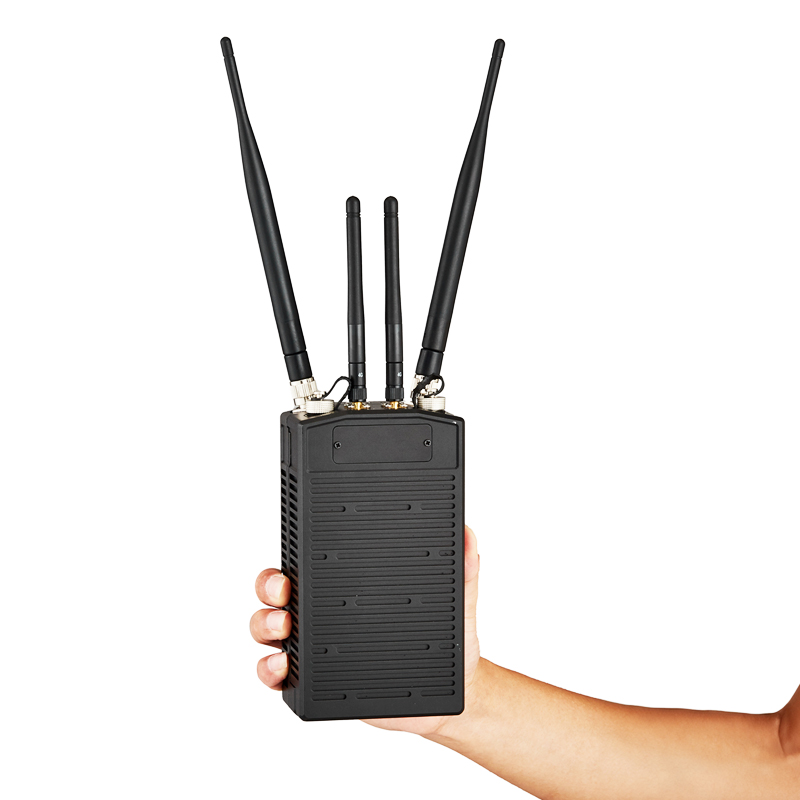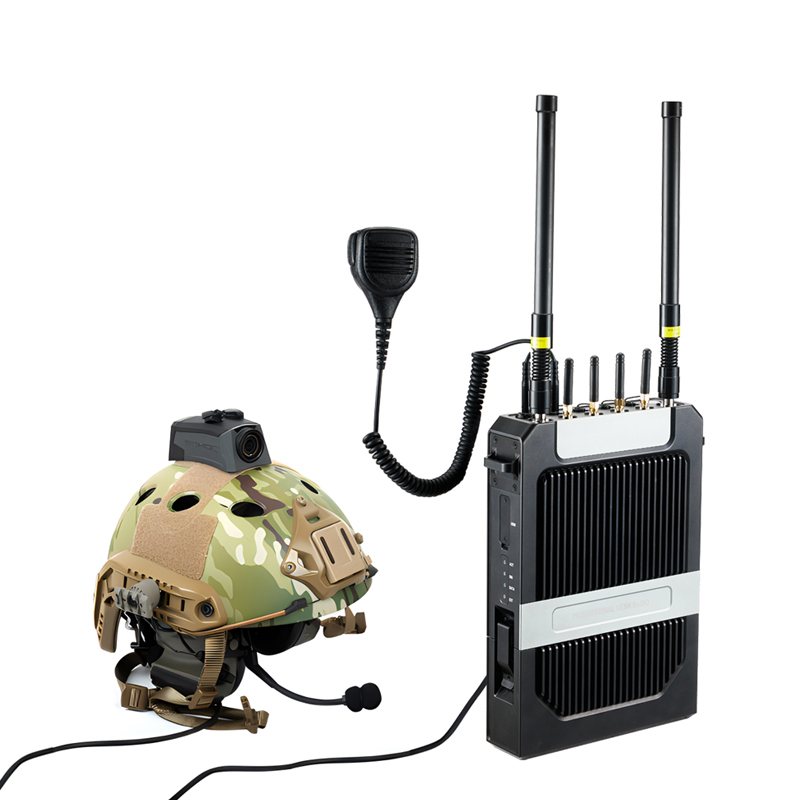IWAVE's single-frequency ad hoc network technology is the most advanced, most scalable, and most efficient Mobile Ad Hoc Networking (MANET) technology in the world.
IWAVE's MANET Radio uses one frequency and one channel to perform same-frequency relay and forwarding between base stations (using TDMA mode), and relays multiple times to realize that one frequency can both receive and transmit signals (single frequency duplex).
Technical Features:
● One channel only requires a single frequency point wireless link.
● Automatic addressing wireless networking (Adhoc), fast networking speed.
● The rapid network can be deployed quickly on site to complete the "four-hop" multi-base station wireless network.
● Supports SMS, radio mutual positioning (GPS/Beidou), and can be connected to PGIS.
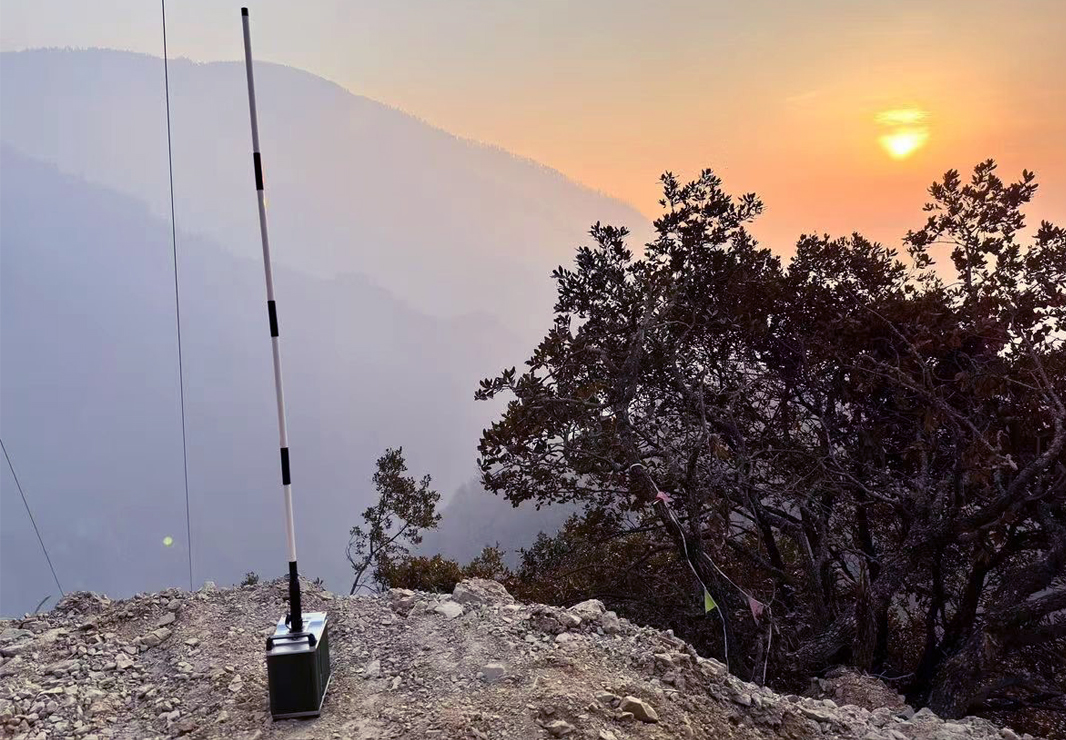
The following are the technical questions and answers that users concern about:
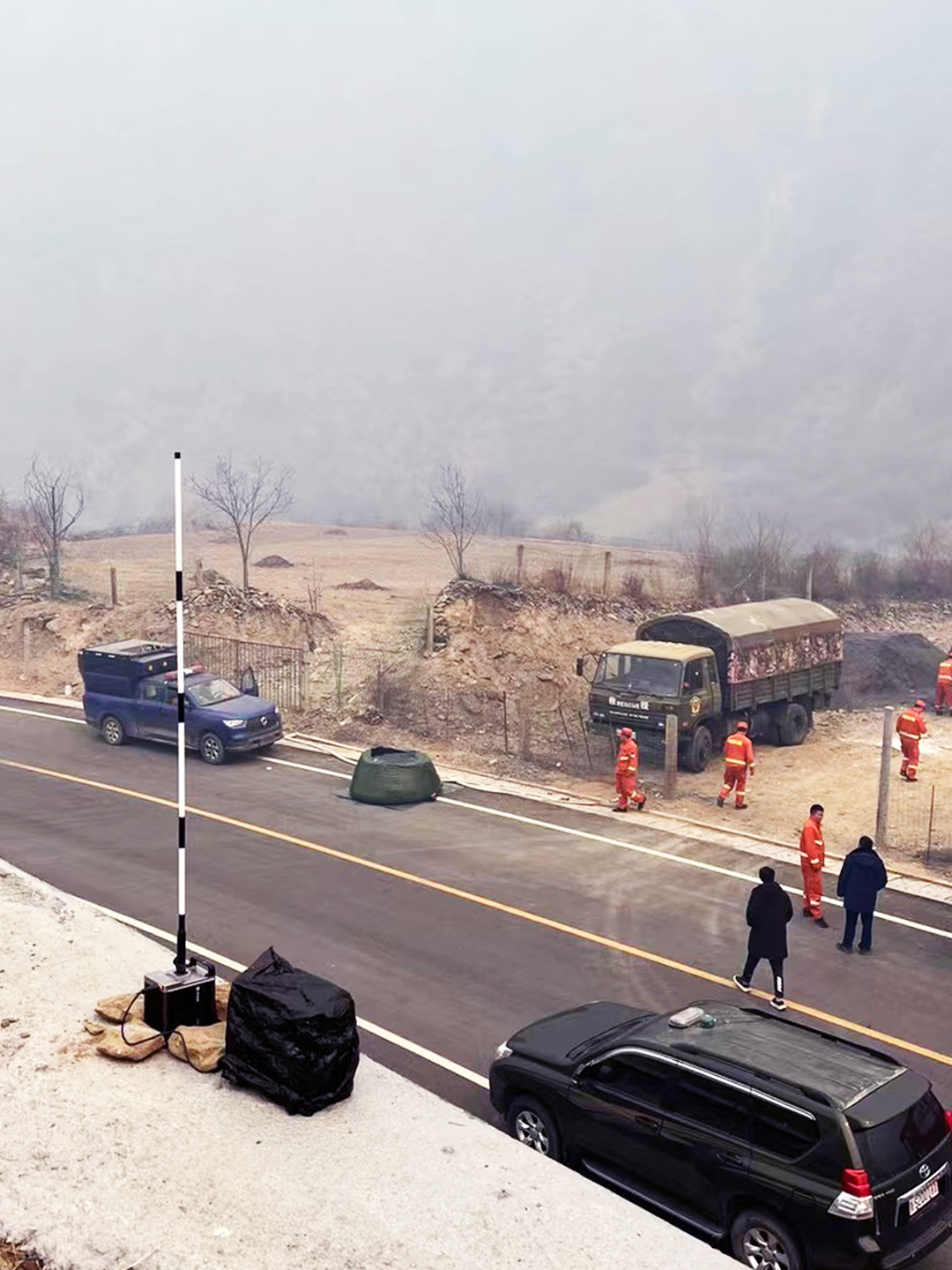
●When the MANET radio system is working, the handheld radios send voice and data signals, and these signals are received and filtered by multiple repeaters, and finally the signals with the best quality is selected for forwarding. How does the system perform signal screening?
Answer: The signal screening is based on signal strength and bit errors. The stronger the signal and the lower the bit errors, the better the quality.
●How to deal with co-channel interference?
Answer: Synchronize and screen the signals
●When performing signal screening, is a high-stable reference source provided? If yes, how to ensure the high-stable reference source is no problem?
Answer: There is no high-stable reference source. The signal selection is based on signal strength and bit error conditions, and then screened via algorithms.
●For overlapping coverage areas, how to ensure the quality of voice calls? How to ensure the stability of communication?
Answer: This problem is similar to signal selection. In the overlapping area, the critical comms system will select good quality signals for communication based on signal strength and bit error conditions.
●If there are two groups A and B on the same frequency channel, and groups A and B initiate calls to group members at the same time, will there be signal aliasing? If yes, what principle is used for separation? Can calls in both groups proceed normally?
Answer: It will not cause signal aliasing. Different groups use different group call numbers to distinguish them, and different group numbers will not communicate with each other.
●What is the maximum quantity of handset radio that a single frequency channel can carry?
Answer: There is almost no quantity limitation. Thousands of handset radio are available. In private network communication, the handheld radio does not occupy channel resources when there is no call, so no matter how many handheld radios there are, it can carry.
●How to calculate the GPS position in the mobile station? Is it single point positioning or differential positioning? What does it rely on? Is accuracy guaranteed?
Answer: IWAVE MANET tactical radios have been built-in gps/Beidou chip. It directly obtains its longitude and latitude positioning information through the satellite and then sent back the through the ultrashort wave signal. Accuracy error is less than 10-20 meters.
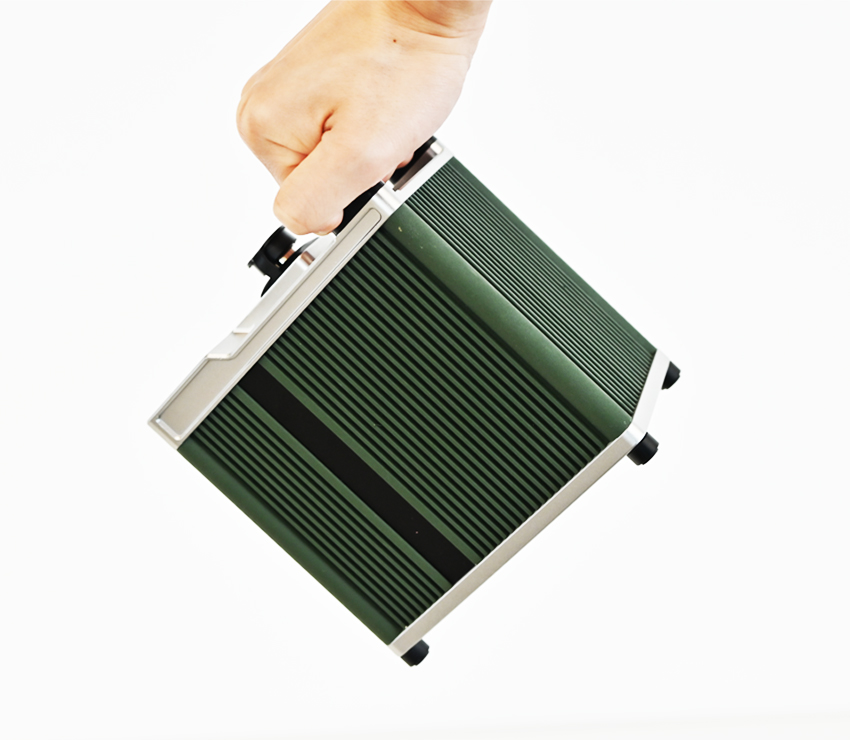
●The dispatch platform acts as a third party to monitor calls in the communication group. When the channels carried by a single frequency are all occupied, will the channel be blocked when a third party inserts a call into the communication group?
Answer: If the dispatch platform just monitors calls, which will not occupy channel resources unless a call is initiated.
●Are there priorities for same-frequency simulcast group calls?
Answer: The group call priority function can be developed through customized software.
●When the superior communication group forcibly interrupts, will a communication group with a strong signal be given priority?
Answer: Interruption means a high-authority narrow band handheld radio can interrupt the calling and initiate a call to let other handset radios answer the high-authority radio speech. This has nothing to do with the signal strength of the communication group.
●How are priorities determined?
Answer: By numbering, the high level uses one number, and the low level uses another number.
●Does the interconnection between base stations count as occupying a channel?
Answer: No. The channel will be occupied only when there is a call.
●One base station can transmit signals from up to six communication groups simultaneously. When 6 channels are occupied at the same time, will there be channel congestion when the superior communication group forcibly interrupts?
Answer: One frequency supports 6 communication group calls at the same time, which is a on-site direct way without forwarding by the base station. Channel congestion occurs when six channels are occupied at the same time. Any system that is saturated will have a blockage.
●In a same-frequency simulcast network, the base station relies on the clock source to work synchronously. If the synchronization source is lost and the timing is re-timed, is there a time deviation? What is the deviation?
Answer: Co-channel simulcast network base stations are generally synchronized based on satellites. In emergency rescue and daily use, there is basically no situation where the satellite synchronization source is lost, unless the satellite is lost.
●What is the establishment time in ms for a group call on the same frequency simulcast network? What is the maximum delay in ms?
Answer: Both are 300ms
Post time: May-16-2024




